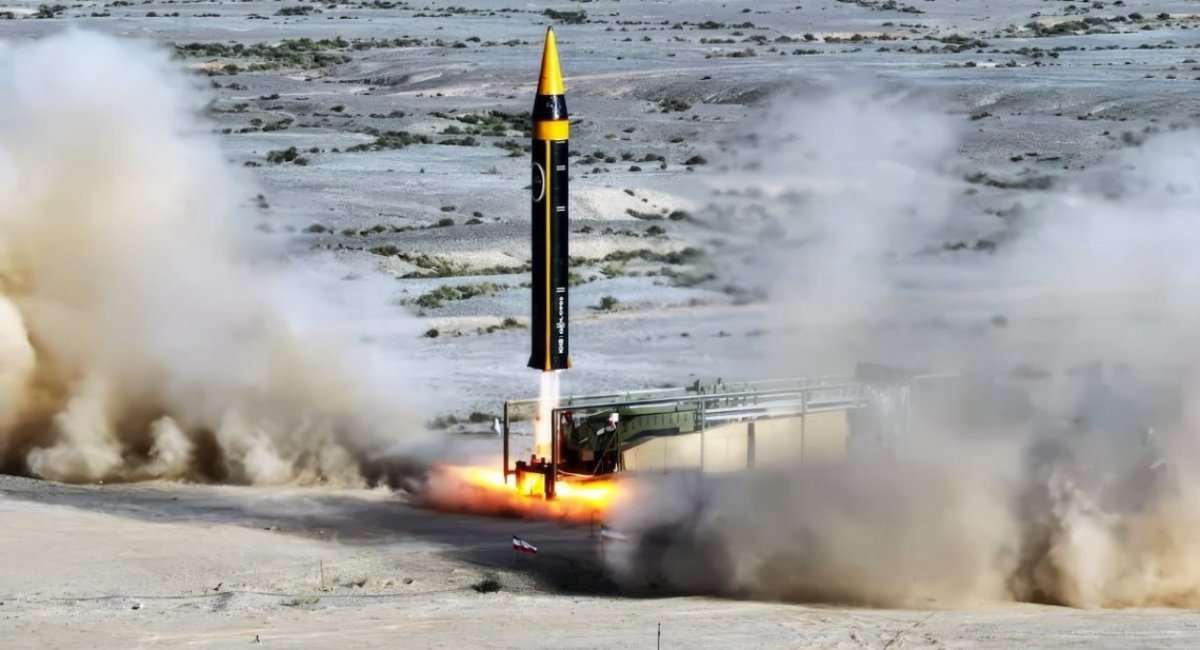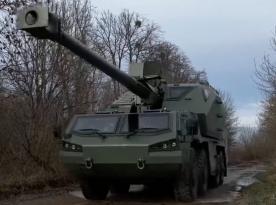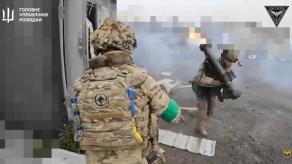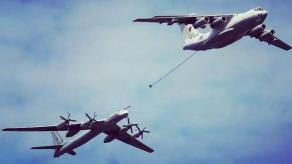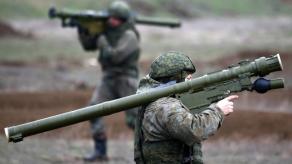On May 25, 2023, the Iranian military demonstrated its latest medium-range ballistic missile, which was designated Khorramshahr-4 (or named like Kheibar). After that, the first test launch of this missile took place from the test site in Semnan province.
How effective this launch was, it is currently unknown, but this does not prevent the Iranian media from claiming that this missile has a launch range of up to 2,000 km with a warhead weight of 1,500 kg, as well as that special composite materials are used for its manufacture, which allowed to reduce the launch mass and increase the warhead weight.
Read more: The russians Testing the Hermes Missile System, Which Has Been Under Development Since the 1990s
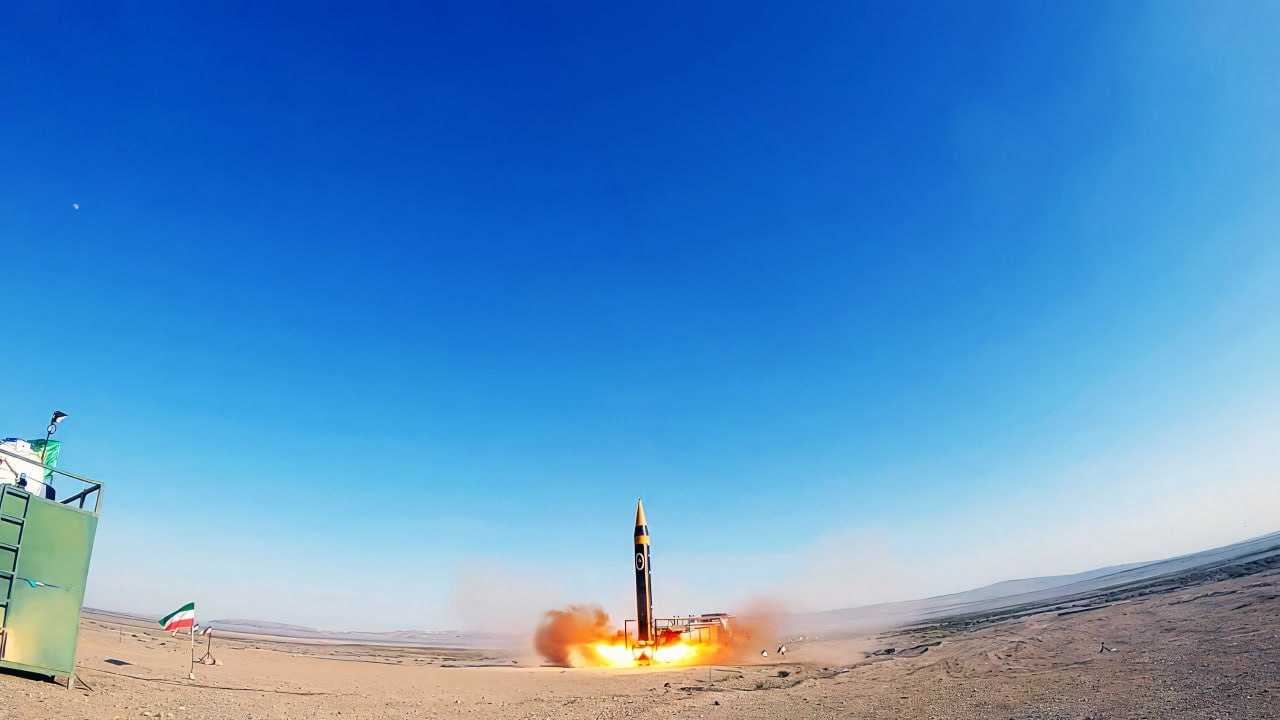
But the most symptomatic thing about this launch and the characteristics of the missile is that the Iranian Khorramshahr-4 seems to use a new type of liquid rocket fuel, which, unlike previous versions, allows Iranians to keep the missile in a fueled state for a long time, and, apparently, can reduce the time preparation for the start up to 12 minutes.
In view of the above, it is worth recalling that in April 2023, Western media reported that Iran was trying to negotiate with russia and China to supply technologies for the production of rocket fuel to circumvent Western sanctions. At that time, it was, in particular, about the fact that Tehran managed to hold negotiations with the russian company "Anozit", also known as the Kuibyshev chemical plant in the Novosibirsk region of the russian federation, regarding the possible supply of a large amount of ammonium perchlorate - the main element of solid missile fuel.
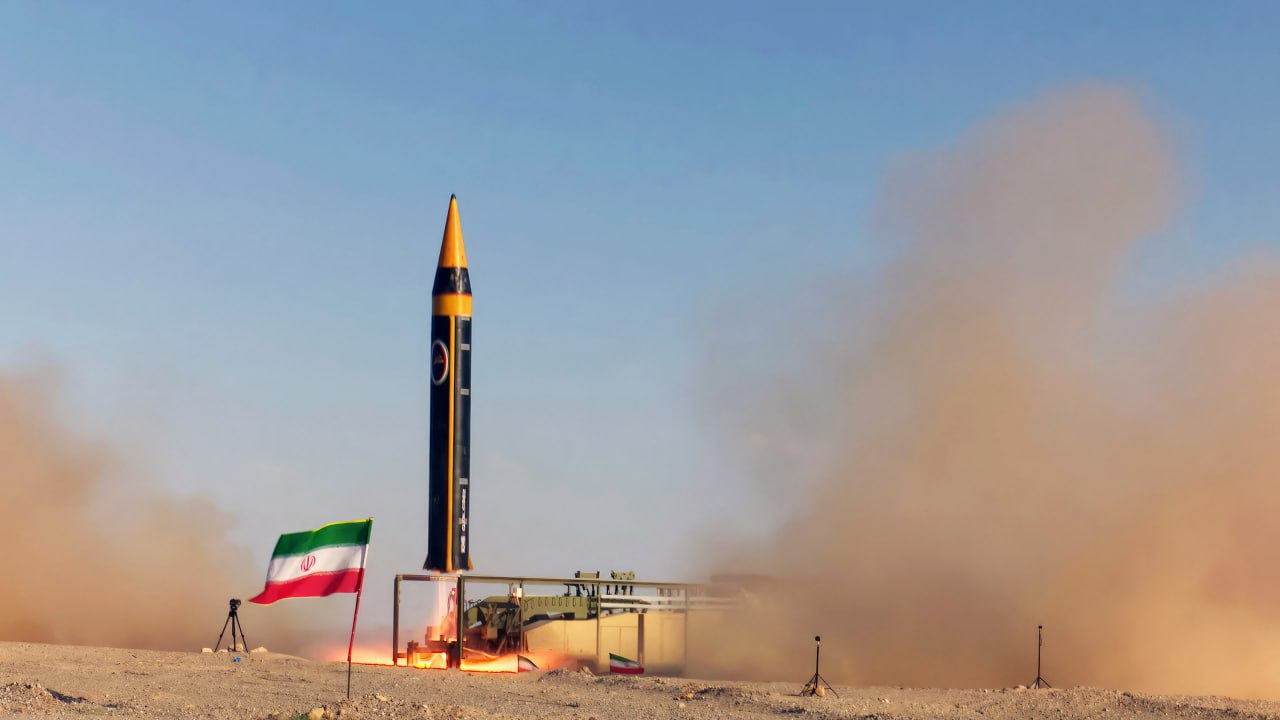
Usually, in order to buy "sanctioned" elements for rocket fuel, Iran "hid" its by "space program". But it seems that this "scheme" has exhausted itself, so the Iranians decided to look for "alternative sources of supplies" in this way.
Only a month passed between this report in the Western media and the fact that Iran launched the Khorramshahr-4 ballistic missile, which can be powered by the brand new fuel. Taking into account this fact, it should not be ruled out that negotiations between the Russians and Iranians took place much earlier, and that deliveries of ammonium perchlorate from the russian federation to Iran already took place physically. If these assumptions turn out to be true, then this in itself will be symptomatic, as it will mean the strengthening of military cooperation between Moscow and Tehran.
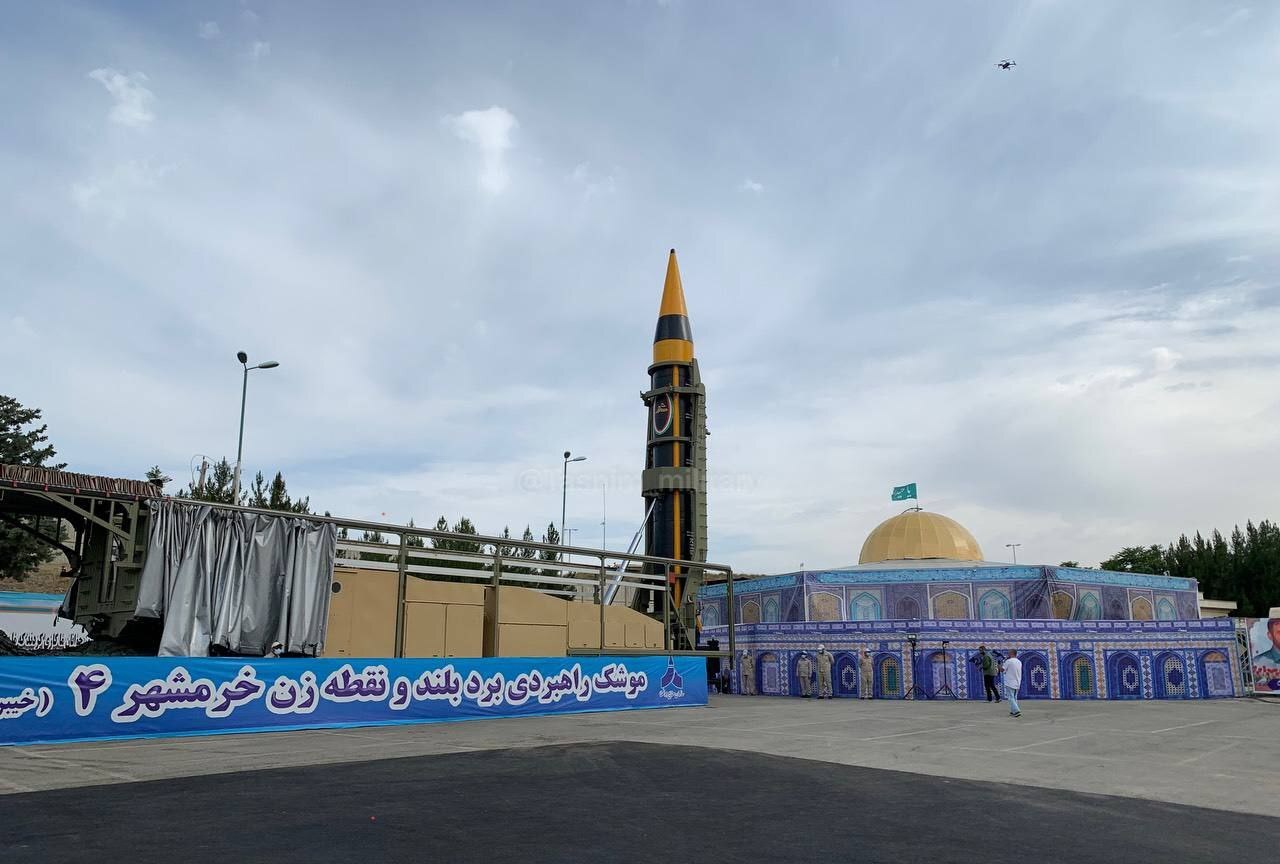
Read more: Iranian Shahed-136 Kamikaze Drones Already Used By russia (First Photos And Specs)




